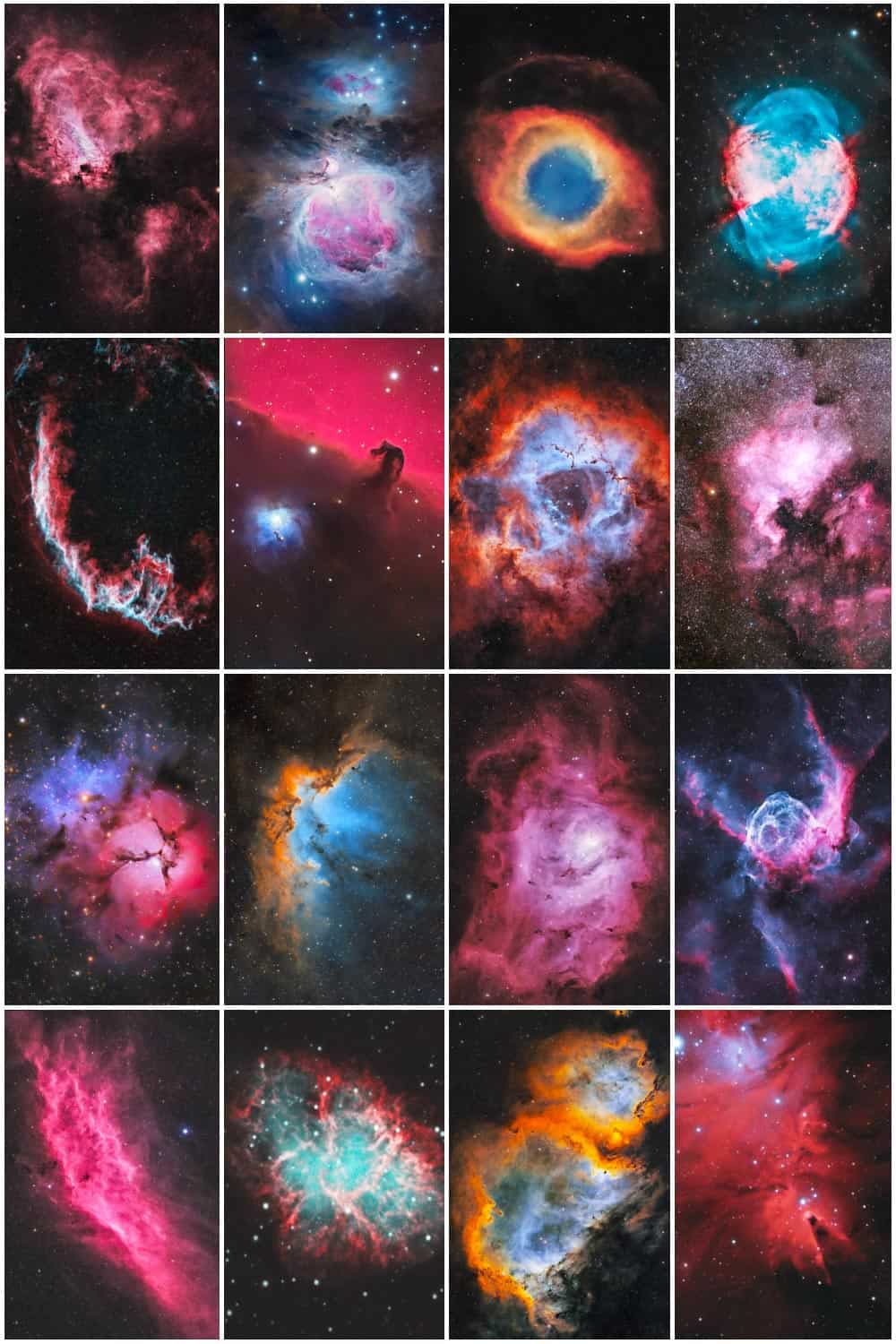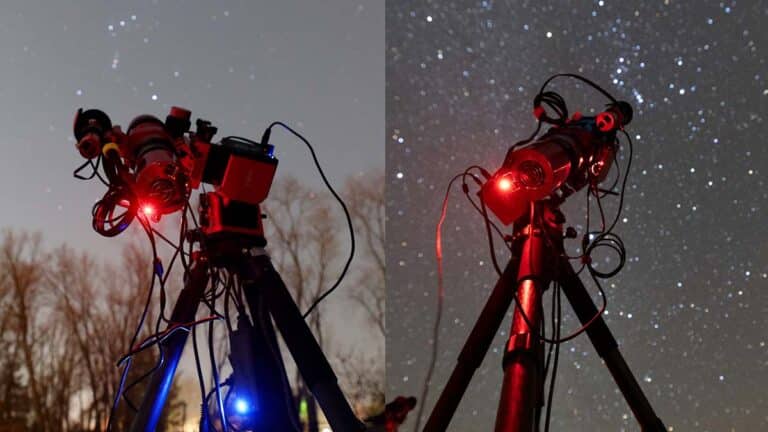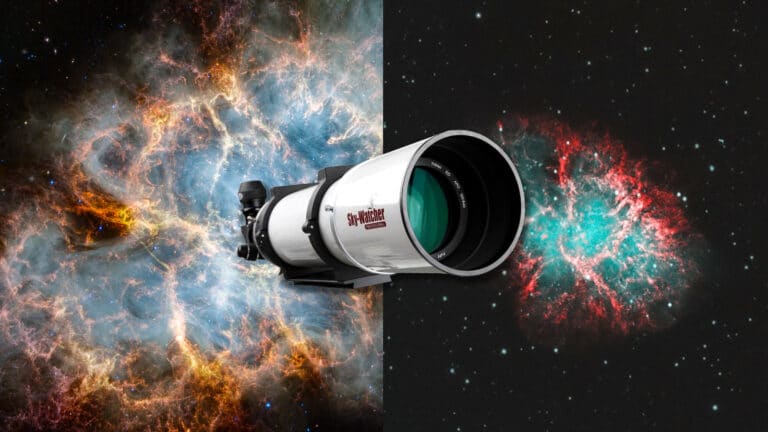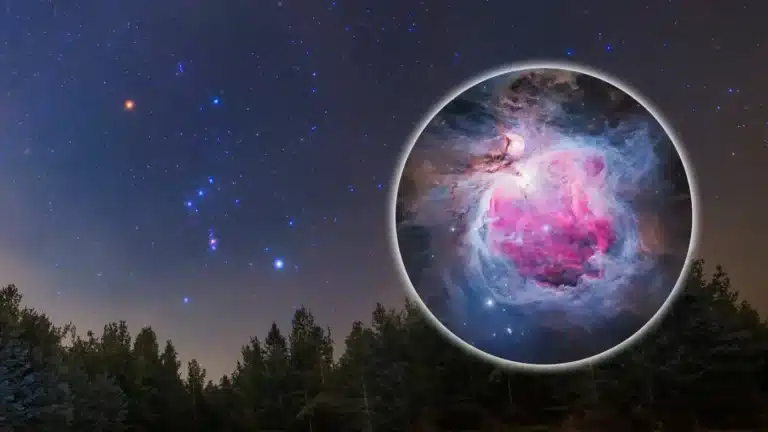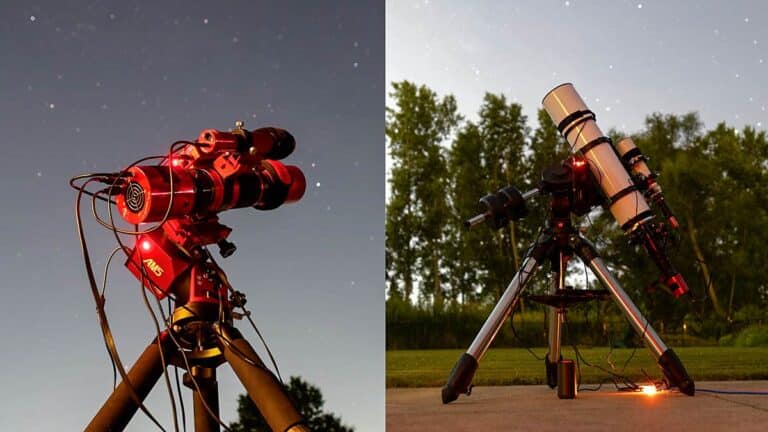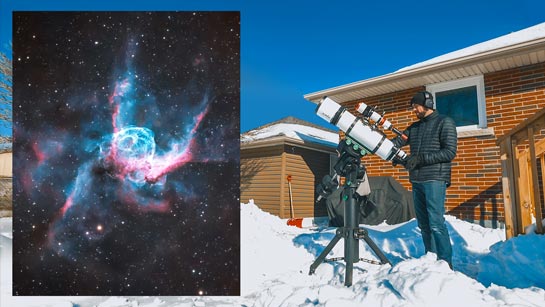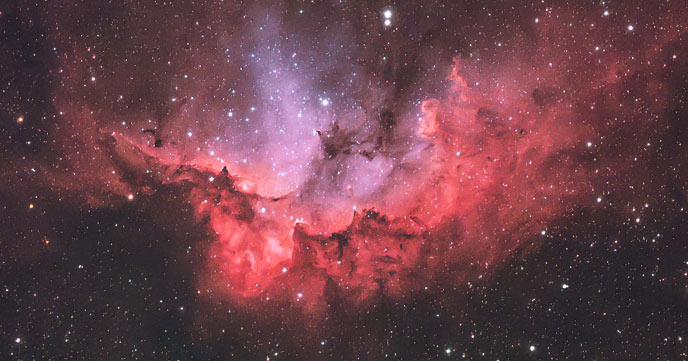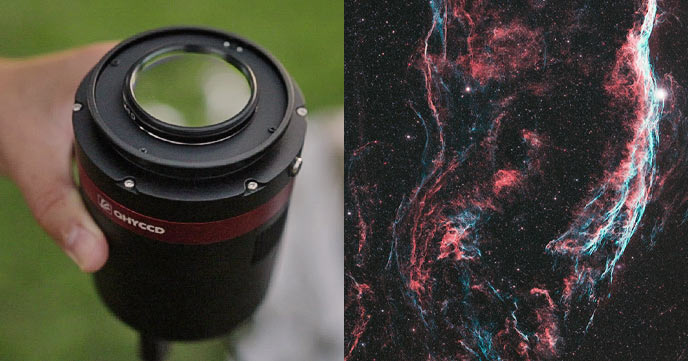Astrophotography from the City vs Dark Sky
If you are like me, you spend most of your time photographing deep-sky objects from your backyard. While I love a good dark sky trip, the backyard is where the majority of my astrophotography projects take place. The backyard is a convenient option for an impulsive night of astrophotography, but what are we missing out…
